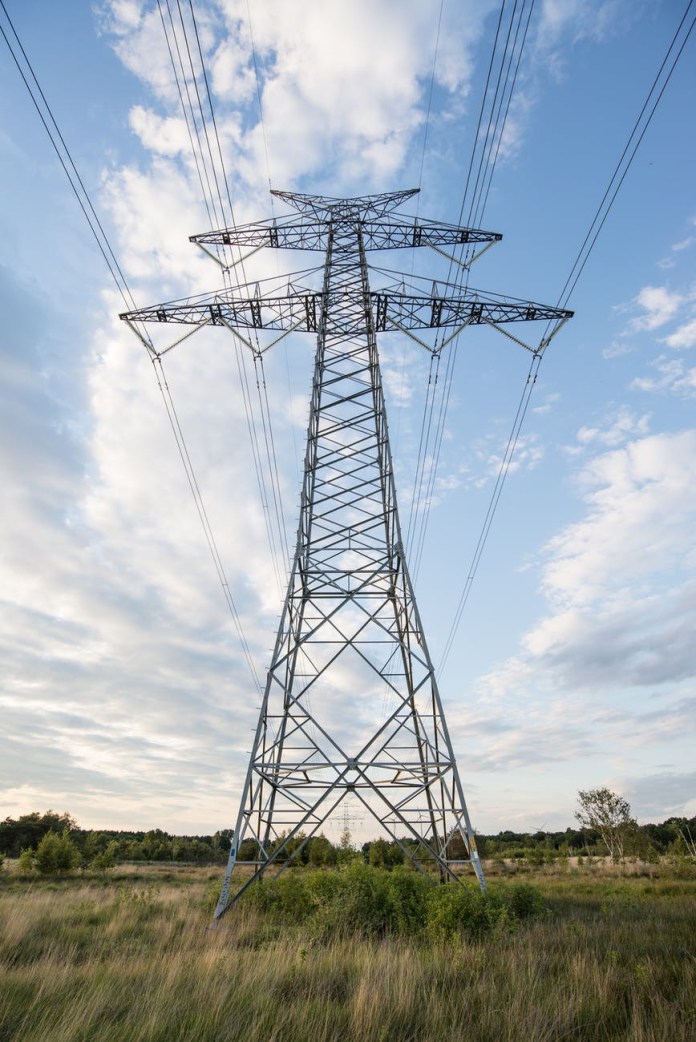
The Punjab State Electricity Regulatory Commission (PSERC) has issued the Draft MYT Regulations 2025, laying out the terms and conditions for the determination of tariffs across generation, transmission, wheeling, and retail supply businesses in the state of Punjab. These regulations are scheduled to come into effect from April 1, 2026, and will remain valid till March 31, 2029, covering the 4th Control Period.

The scope of these regulations includes the determination of tariffs for electricity supplied by generating stations, transmission charges, SLDC fees, and wheeling and retail supply tariffs. Renewable energy sources are excluded from this framework. Additionally, provisions are made for surcharges in wheeling charges as per the Open Access Regulations.
The regulations define key terminologies such as Aggregate Revenue Requirement (ARR), auxiliary consumption, declared capacity, availability, Plant Load Factor (PLF), and many more. They also specify norms for auxiliary energy consumption, plant availability, fuel consumption, and system losses, among others. These parameters are categorized into controllable, normative, and uncontrollable items to facilitate tariff determination.

The Multi-Year Tariff (MYT) framework relies on business plans, forecasts, and capital investment proposals submitted by utilities. These must be submitted ahead of the Control Period and be based on actual data, historical trends, and reasonable assumptions. Tariff petitions must be filed by November 30 of the year preceding the Control Period, and true-up petitions must be filed annually to reconcile actual and approved expenses and revenues.
A key feature of the regulations is the segregation of accounts and ARRs for generation, transmission, wheeling, retail supply, and SLDC businesses. This ensures greater transparency and accuracy in determining tariffs for each segment. Until such accounts are segregated, certified allocation statements will be used to apportion costs and revenues across businesses.
Capital cost norms for both thermal and hydro generating plants are also detailed, including provisions for return on equity, depreciation, and working capital requirements. A normative debt-equity ratio of 70:30 is proposed for new projects. The return on equity is set at 15.5% for thermal stations, 16.5% for hydro with pondage, and 16% for distribution businesses. For projects under the Insolvency and Bankruptcy Code, guidelines are provided for approving capital costs and handling additional capitalization.
The regulations also emphasize the need for DPRs (Detailed Project Reports) for capital investments and limit non-DPR schemes to 20% of total annual capex. Business plans must include capital investment, performance targets, and efficiency improvement measures.
Transmission projects costing more than ₹250 crore must be executed through competitive bidding, except in cases of urgency or security-related needs. Distribution assets developed as per approved plans and procured competitively will be considered for pass-through in tariffs.
Finally, the Commission reserves the right to revise the MYT principles after evaluating the outcomes at the end of each Control Period and to set base values for the next tariff cycle.
Related
